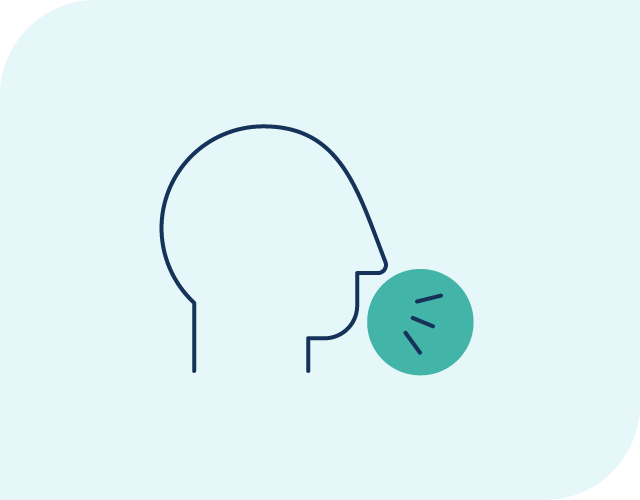Talking Points
What is Tuberculosis (TB)?
- Tuberculosis (TB) is a bacterial infection that usually affects the lungs but can also affect other parts of the body, like the brain, kidneys, and spine. TB can also affect multiple body parts at the same time.
- There are two types of TB:
- Active TB disease
- Latent TB infection, sometimes called “inactive TB”
What is Active TB Disease?
- What it is: People with active TB disease may feel sick and can spread TB to others.
- The symptoms: Symptoms of active TB include chest pain, weight loss, chills, fever, night sweats, loss of appetite, weakness or fatigue, coughing up blood or phlegm, and a cough that lasts three weeks or longer.
- Why it matters: Left untreated, active TB can spread within a community and cause serious illness and death.
What is Latent TB Infection?
- What it is: People with latent TB infection do not have any symptoms and can’t spread the disease to others.
- Why it matters: Left untreated, latent TB infection can progress to active TB disease, causing serious illness and death.
TB Transmission
- TB germs exclusively travel from one person to another through the air. People with active TB put TB germs into the air when they cough, speak, or sing. A person cannot catch TB by touching a surface contaminated with TB.
- TB germs can stay in the air for a few hours, and they are more likely to spread indoors or in places with poor air circulation.
TB Prevention
- Without symptoms, it can be difficult to know if you have TB. However, you may be at higher risk for TB and should talk to a healthcare provider about testing if you:
- Were born in or frequently travel to countries where TB is common
- Live, used to live, work, or used to work in a group setting where TB is common, including shelters, prisons, jails, correctional facilities, hospitals, and nursing homes
- Recently spent time with someone who have active TB
- Kinds of testing: There are two types of TB tests: TB blood testing and TB skin testing. Talk to a healthcare provider about which test is right for you, and let them know if you received a TB vaccine.
- Vaccination: Bacille Calmette-Guérin (BCG) is a TB vaccine that is not generally used in the United States. It is considered for people who meet certain criteria. Talk to a healthcare provider if you have questions about the vaccine.
TB Treatment
- Latent TB and active TB can both be treated with medicine. If you test positive for TB, talk to a healthcare provider about the right treatment plan for you. Treating latent TB infection is essential to preventing active TB, and treating active TB is essential to preventing serious illness and death. Treating TB is also the most effective way to prevent it from spreading to other people.
- TB germs are powerful and can linger in your system for several months. It is important to follow your treatment plan exactly as recommended.


